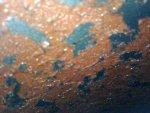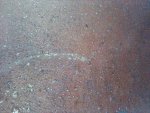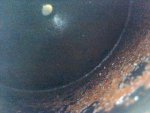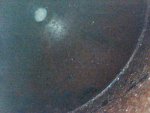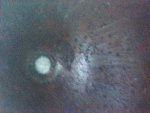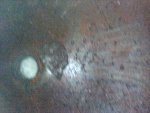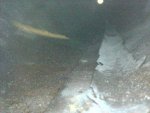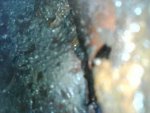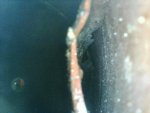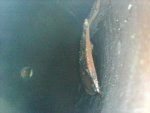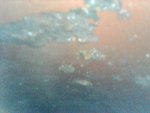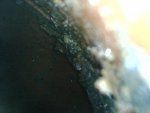3rdmdqm
Active member
- 452
- 145
- 43
- Location
- Woodbine Maryland
I used the search feature but found nothing related to this. I'm doing a complete frame off restoration on a '68 M35A2. Removed the air tanks to inspect, blast and paint. There are chunks of what I thought was rust inside the tank. Shook some out and it actually looks like some type of smooth maroon colored hard shiny wax like material, some of the chunks were fairly large and had to be broken up to get them out of the holes. Were these tanks lined with something originally? If so, what? The tanks hold air and don't appear to be in too bad condition, there is obvious rust inside from use and all these chunks coming out. If they were not lined, what could this stuff be? Would a clean out solution be to fill the tank with muriatic acid and let it sit overnight and flush out in a similar procedure to cleaning out old gas cans/tanks?
Attachments
-
161 KB Views: 13
-
62.5 KB Views: 18
-
89.3 KB Views: 18
-
172.3 KB Views: 16


![IMG_5593[1].JPG](/data/attachments/637/637214-2a7405ce063aa56f9ca14925e8b20ece.jpg)
![IMG_5594[1].JPG](/data/attachments/637/637215-a3c70a48fc0a55ca572b83bf9911ce8b.jpg)
![IMG_5610[1].JPG](/data/attachments/637/637216-943cc359fc6ed4a5637e0a4adf6c1a5b.jpg)
![IMG_5609[1].JPG](/data/attachments/637/637217-a765fe9ca34533310605814c6294e8d9.jpg)
